Growing fresh spices and herbs at home can infuse your dishes with vibrant flavours and fill your living space with delightful scents. Even beginners can easily grow herbs, and it’s suitable for urban settings due to its space-saving nature. This article will provide a beginner’s guide to cultivating commonly used herbs at home in India and advice on organic maintenance.
Why Grow Spices and Herbs at Home?
There are numerous advantages to growing spices and herbs at home:
Freshness: Harvesting herbs from your garden guarantees the flavour and nutritional content.
Cost-effective: Purchasing fresh herbs can be costly, particularly when you only need small quantities. Cultivating them at home saves money.
Convenience: Having herbs easily accessible in your kitchen garden or on the windowsill is exceptionally convenient for cooking.
Organic: You can oversee the growth of your herbs, ensuring that they are free from pesticides.
Top Spices and Herbs to Grow at Home in India
Here are some popular and easy-to-grow herbs that thrive in Indian climates.
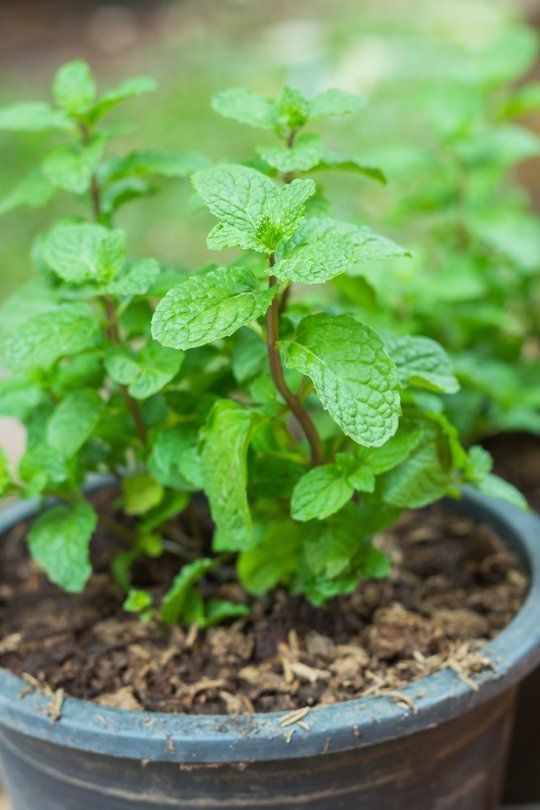
Mint(Pudina)
How to grow: Use mint cuttings or root divisions and place the container in a spot that receives indirect sunlight.
Care Tips: Keep the soil moist but not waterlogged. Regularly prune to prevent overgrowth and improve air circulation.
Uses: Ideal for chutneys, teas, cooling drinks, and garnishing dishes.
Coriander(Dhania)
Growing conditions: Coriander prefers full sun but can tolerate light shade. It grows best in cooler months (October to March) in India.
How to grow: Sow seeds directly into the soil. Thin out the seedlings once they sprout.
Care Tips: Water regularly, but avoid overwatering, as coriander doesn’t like soggy soil. Harvest leaves when the plant is around 6 inches tall.
Uses: Coriander is a common ingredient in Indian cuisine, used in curries, chutneys, salads, and as a garnish.
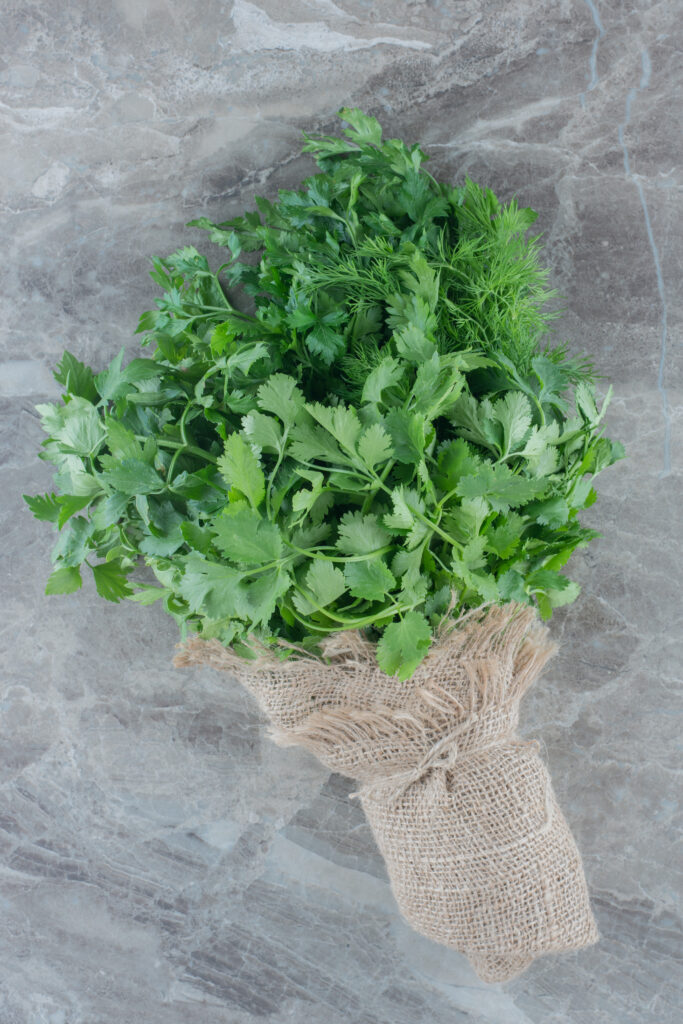
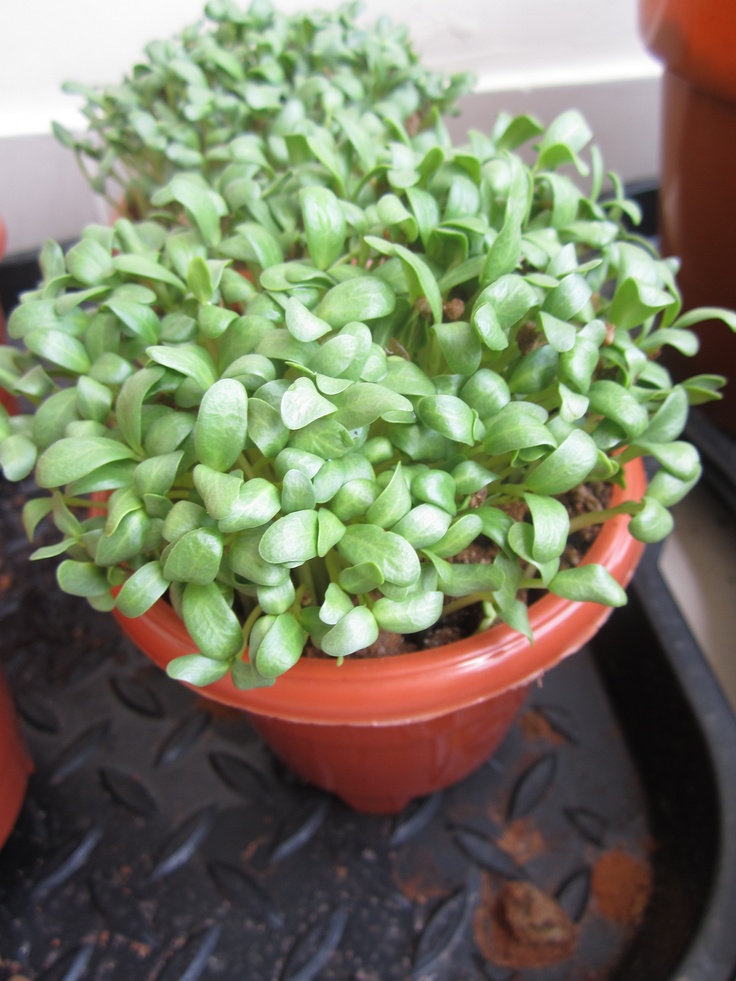
Fenugreek(Methi)
Growing conditions: Fenugreek grows best in full sun and can be cultivated in both cool and warm weather.
How to grow: Plant fenugreek seeds directly in the soil. It grows fast and you can start harvesting the leaves in 3-4 weeks.
Care Tips: Water regularly and ensure the plant receives full sunlight. It is a low-maintenance herb.
Uses: Fenugreek known as Methi in India, is a common ingredient in Indian curries, stir-fries, and parathas.
Lemongrass
Growing conditions: Lemongrass thrives in warm, sunny spots, making it ideal for an indoor garden with plenty of sunlight (6-8 hours a day).
How to grow: Start lemongrass from stalks you buy at the market. Place the stalk in water until roots appear, then transfer it to a pot with well-draining soil.
Care Tips: Water regularly but ensure the soil drains well to prevent sogginess.
Uses: Lemongrass is popular in teas, soups, and Asian dishes. It has a citrusy aroma that also makes it a great natural air freshener indoors.
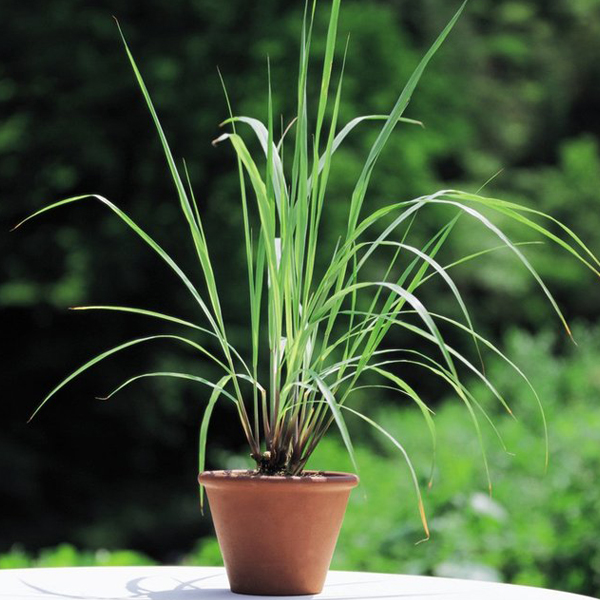
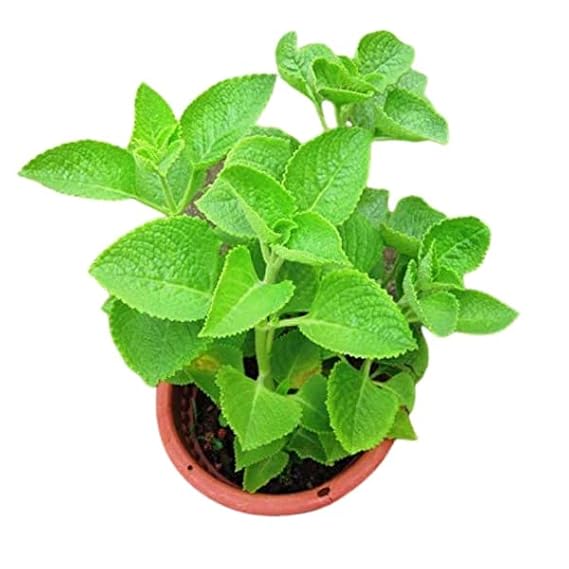
Ajwain(Carom Seeds)
Growing conditions: Ajwain prefers a warm climate and can be grown indoors in containers. It needs full sun and well-draining soil.
How to grow: Sow ajwain seeds in shallow pots and place them in a sunny spot. Ensure the soil remains moist but not overwatered.
Uses: The seeds have a strong thyme-like flavour and are used in Indian dishes such as parathas, pakoras, and digestive teas.
Black Pepper(Kali Mirch)
Growing conditions: Black pepper is a tropical vine that thrives in humid, warm climates with plenty of indirect sunlight. It grows best in temperatures between 25°C to 30°C.
How to grow: It is usually grown from seeds or cuttings. It needs a large container with rich, well-draining soil and a support structure like a trellis or pole, as it is a climbing vine. The plant requires a humid environment, so occasional misting can help if you’re growing it indoors.
Care Tips: Water the plant regularly to keep the soil moist, but avoid waterlogging. Black pepper plants take time to mature and start producing fruit, typically 3 to 4 years.
Uses: It is commonly used in Indian dishes for seasoning or spice mixes. It also has medicinal uses, aiding digestion and improving metabolism.
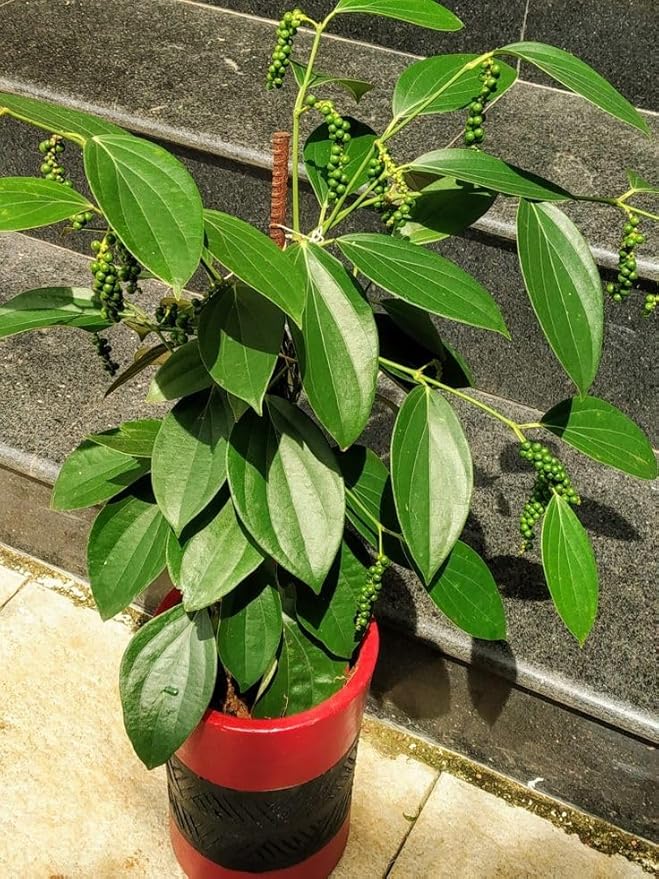
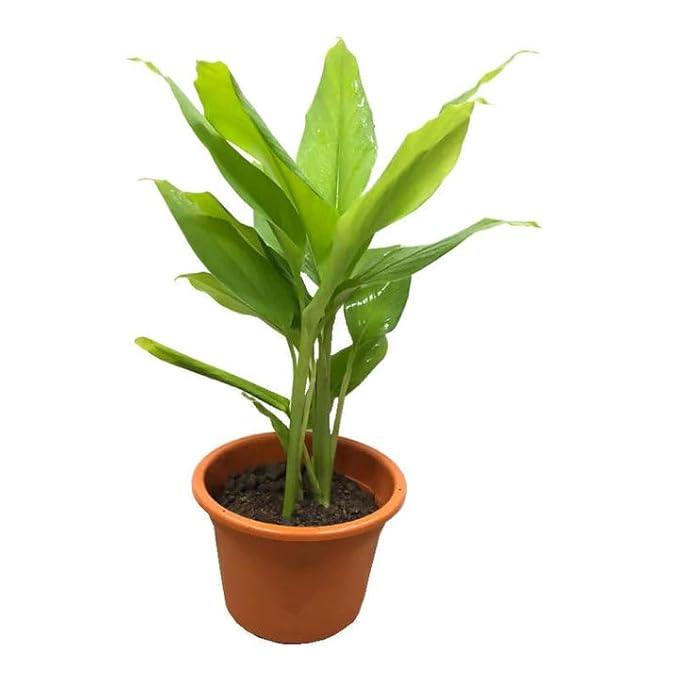
Turmeric(Haldi)
Growing conditions: Turmeric thrives in warm, tropical climates with temperatures between 20°C to 30°C. It needs indirect sunlight and can be grown in large containers indoors.
How to grow: You can grow turmeric from rhizomes (fresh root segments). Plant the rhizomes in rich, well-drained soil and water regularly to keep the soil moist but not soggy.
Care Tips: It takes about 8-10 months for turmeric to mature. Harvest the rhizomes once the leaves and stems dry out.
Uses: Turmeric is a key ingredient in Indian cooking, adding colour and flavour to curries, dals, and rice. It’s also valued for its anti-inflammatory and antioxidant properties.
Ginger(Adrak)
Growing conditions: Like turmeric, ginger thrives in warm and humid environments. It prefers indirect sunlight and grows well in containers with rich, well-drained soil.
How to grow: Ginger is grown from a piece of the ginger root with visible “eyes” or buds. Plant it just beneath the surface of the soil and water regularly.
Care Tips: Ginger takes about 8-10 months to mature. Harvest the root when the plant’s leaves turn yellow and die back.
Uses: Ginger is used fresh in teas, curries, and chutneys, and dried as a spice. It also has medicinal benefits, particularly for digestion and cold relief.

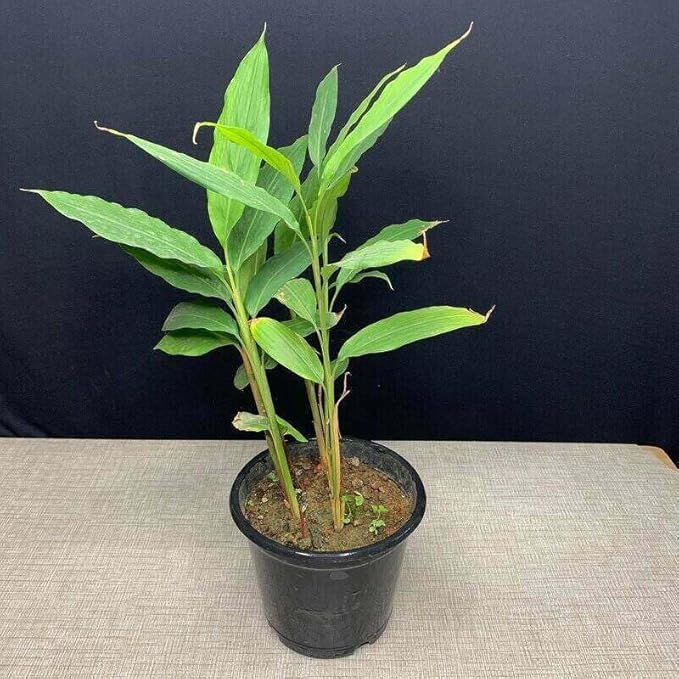
Cardamom(Elaichi)
Growing conditions: Cardamom is a tropical plant that thrives in warm and humid environments. It prefers partial shade and can be grown in large containers indoors.
How to grow: Cardamom can be grown from seeds or small plants. It requires rich, loamy soil and consistent moisture, making it suitable for tropical or subtropical climates.
Care Tips: Keep the soil moist and maintain high humidity around the plant. It can take 2-3 years for cardamom to produce its pods.
Uses: Cardamom is a key ingredient in Indian desserts, chai, and spice mixes like garam masala. It also has digestive and medicinal properties.
Cumin(Jeera)
Growing conditions: Cumin prefers a warm, dry climate and full sunlight. It can grow indoors in containers with well-drained soil.
How to grow: Plant cumin seeds directly in the soil. Cumin is a short-lived herb that matures in about 4 months, making it ideal for small home gardens.
Care Tips: Water sparingly but ensure the soil doesn’t dry out completely. Harvest the seeds when the plant begins to brown.
Uses: Cumin seeds are essential in Indian cooking, spice blends, tempering, and curries. Cumin also has digestive and antioxidant properties.
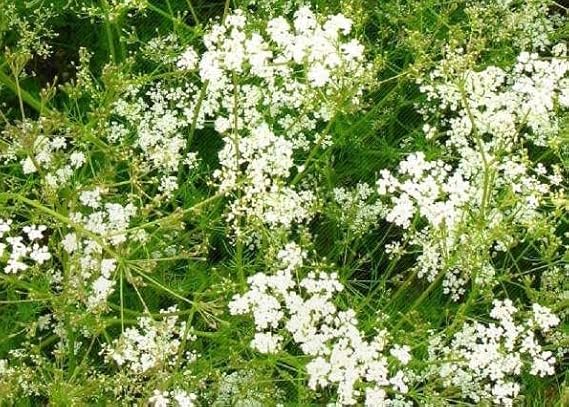
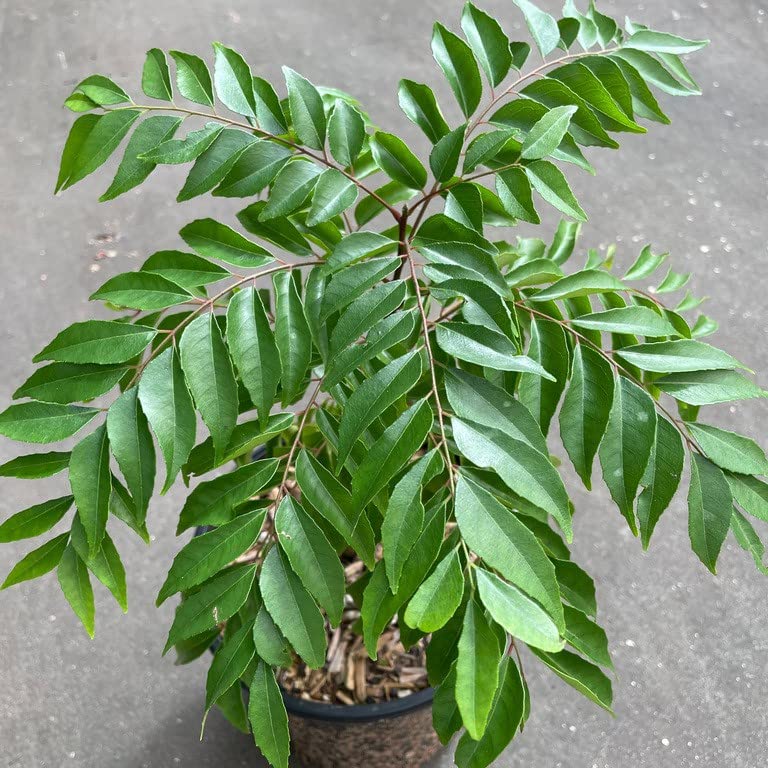
Curry Leaves(Kadi Patta)
Growing conditions: Curry leaf plants prefer warm temperatures and at least 6 hours of direct sunlight.
How to grow: Start with a young plant, but you can also grow it from seeds or cuttings. Plant it in well-draining soil in a sunny spot.
Care Tips: Water regularly but avoid letting the soil become soggy. Fertilize with organic compost once a month.
Uses: Curry leaves are used to season curries, dals, and tempering in many Indian dishes.
General Tips for Growing Spices and Herbs at Home
Choose the Right Containers
Most spices and herbs thrive in containers, but make sure they have drainage holes to prevent water buildup at the roots. Terracotta pots are ideal for herbs as they allow the soil to breathe.
Use Organic Potting Mix
A high-quality, well-draining organic potting mix is crucial for robust herb growth. You can enhance the soil with compost or vermicompost for extra nutrients.
Watering: Not Too Much, Not Too Little
Overwatering is a common mistake when growing herbs. Water the plants when the top inch of the soil feels dry. Mint prefers moist soil, while basil prefers to dry out a little between waterings.
Sunlight Requirements
Most herbs require 4-6 hours of sunlight daily. Place them on a windowsill, balcony, or rooftop to ensure they receive sufficient light. If growing indoors, rotate the pots regularly to provide each side with even exposure to sunlight.
Pruning and Harvesting
Regular pruning promotes bushier growth and prevents herbs from flowering, it makes the leaves taste bitter. When harvesting, use sharp scissors to snip the leaves instead of pulling them, which can damage the plant.
Pest Control
Herbs grown indoors or in pots are less prone to pests, but common issues like aphids or whiteflies can appear. Use organic pest control methods such as neem oil sprays or introduce natural predators like ladybugs.
Final Thoughts
Growing spices and herbs at home is a rewarding and eco-friendly way to enhance your cooking and create a beautiful green space. You can enjoy a year-round supply of fresh herbs from your garden or balcony. Start with these popular herbs, and soon you’ll have a fresh, homegrown flavour to add to your meals!
Happy gardening from Organic Kokan!
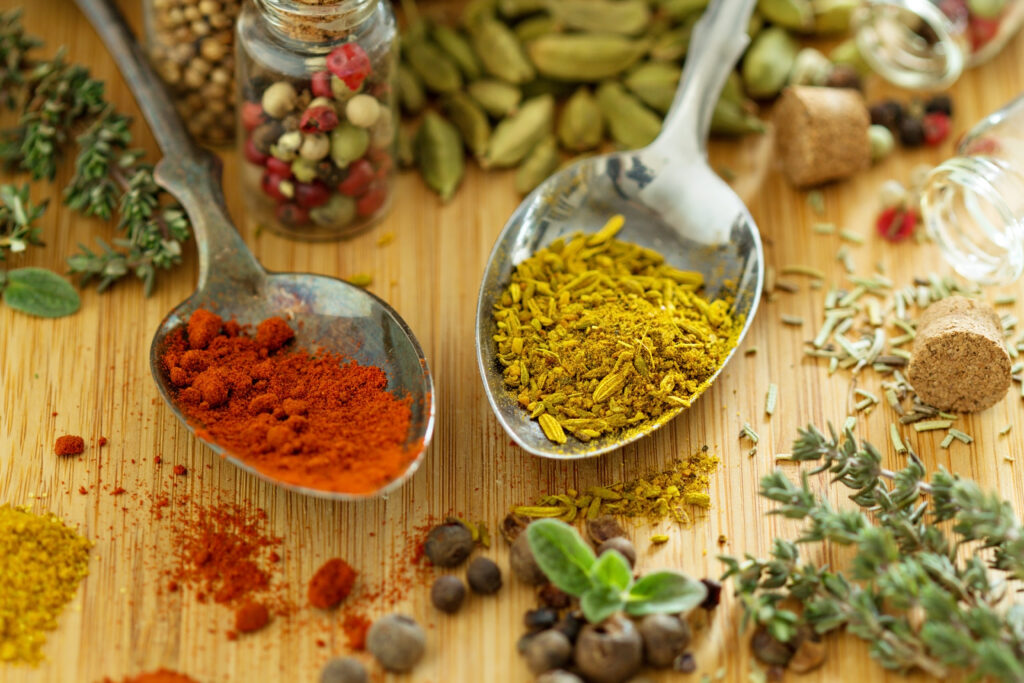


Pingback: Microgreens: Grow Superfoods at Home in 7 Days - Organic Kokan